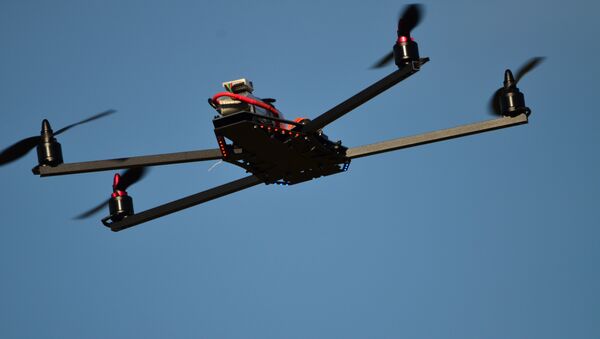A report released by PricewaterhouseCoopers (PWC) on Monday estimates that commercial applications for drones will replace $127 billion in services and labor annually "in the very near future," signaling a growing tide toward automation that could threaten the American working class.
Drones could serve to disproportionately devastate the construction and agricultural industries, accounting for nearly $80 billion of employment related "savings."
A person earning what economists now consider a "living wage" of $15/hr earns roughly $30,000 over the course of a year. Assuming that is the living wage baseline, widespread drone use could result in 4.23 million lost jobs, or some 3.5% of the entire US workforce. In reality, many Americans in these sectors earn closer to the federal minimum wage of $7.25 per hour, and so the job-destroying ramifications, seen as dire, may in fact be cataclysmic.
Business executives boast that drone technology can serve vital real-time monitoring tasks, including enhancing security, and could fully replace human labor at dangerous mining and construction work sites. The question remains whether this technological revolution will result in further economic and political instability by displacing low-skilled workers, akin to the shift toward robotic labor in the automotive industry.
Notwithstanding the troubling potential impact on America’s socio-economic tapestry, companies like Google and Amazon continue to lead the charge in commercializing drone technology, hoping to replace the United States Postal Service, UPS, and FedEx by dispatching an army of autonomous robots to deliver anything and everything.
It’s a political season marred by increased worker frustration and vocal demands for a reversal of growing income inequality. But, behind the scenes, America’s corporate intelligentsia have their sights set on replacing workers altogether. As the Northrop Grumman drone slogan goes, the future will be forged by "unmanned power."




